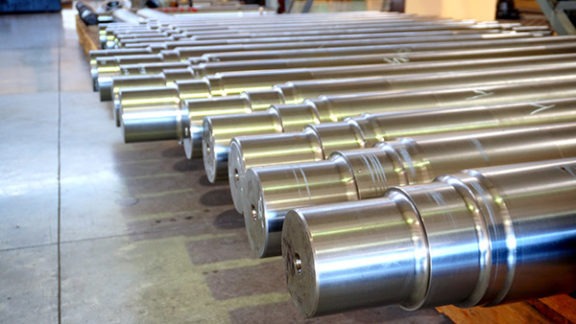In the fall 2023 issue of HydroVisions, Haley & Aldrich’s Raghavendra Suribhatla Maruti and Daniele Spirandelli highlighted key elements of the California Department of Toxic Substances Control’s (DTSC) draft guidance for factoring sea level rise (SLR) into contaminated site management.
SLR could “lead to inundation at contaminated sites, halt remediation operations, and remobilize contaminants,” they wrote in the article “DTSC’s Draft Guidance on Incorporating Sea Level Rise (SLR) into Contaminated Site Cleanup,” co-authored with Roohi Toosi of APEX Environmental & Water Resources. A remediation approach that mitigates these impacts “represents a new paradigm for the remediation industry and will require a collaborative effort between stakeholders, regulators, and practitioners to tackle challenges posed by SLR.”
As part of that paradigm shift, some states and the U.S. federal government have begun formalizing related guidance. The authors summarized the DTSC’s draft recommendations, and discussed guidance put forth by the U.S. Environmental Protection Agency and the Washington State Department of Ecology — the first U.S. state body to put forth remediation guidance related to SLR.
“Potential impacts to be evaluated include changes to site hydrogeology, geochemistry, and exposure pathways, thus resulting in a comprehensive re-evaluation of the conceptual site model (CSM) under projected SLR,” they wrote. “Most salient of these impacts are remobilization of residual contamination, alteration of groundwater flow and contaminated transport, and elevated vapor intrusion potential.”
The authors expect that the DTSC will update its draft guidance in the first quarter of 2024, following a comment period that closed in fall 2023.
Read the full article.




